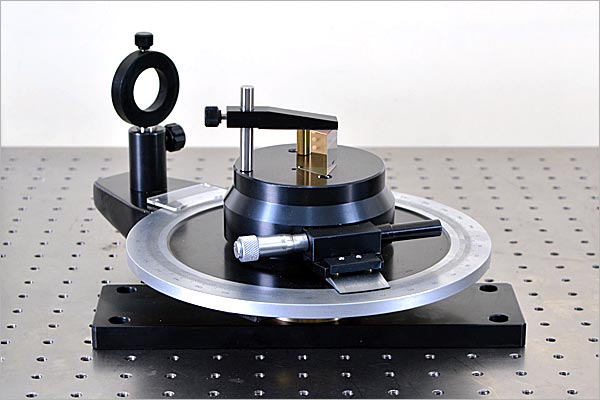Vaccines have come a long way since the development of the smallpox vaccine in 1796 by Edward Jenner. This groundbreaking discovery was the first demonstration that it was possible to artificially induce immunity by inoculating a disease agent. Over the next century, numerous other Vaccine Technologies were developed including vaccines for diseases like rabies, cholera, plague and anthrax. The 20th century saw major advancements in vaccine production with the development of techniques like tissue culture methods and modern cell lines that improved vaccine safety and production capacity. Some key developments include the production of the first influenza vaccine in the 1940s, oral polio vaccine in the 1950s, measles vaccine in the 1960s and MMR vaccine combining measles, mumps and rubella in the late 1960s.
New Recombinant Vaccine Technologies
In the past few decades, the development of recombinant DNA technology has revolutionized vaccine production. Recombinant vaccines are produced using genetic engineering techniques by isolating the genes that code for specific antigens from disease-causing pathogens. These genes are then inserted into host cells like yeast, insect or mammalian cells which are then cultured in large bioreactors to produce the vaccine antigens. Some key advantages of recombinant vaccines include improved safety as they do not contain any live or inactivated disease pathogens, consistent large-scale production and ability to specifically target disease antigens providing stronger protection. Examples of successful recombinant vaccines include Hepatitis B, HPV and Herpes Zoster vaccines.
DNA and mRNA based Vaccines
More recently, DNA vaccines and mRNA vaccines that work by instructing the body’s cells to produce antigens have shown promise. In DNA vaccines, small circles of DNA that contain the genetic code for specific antigens are injected. The DNA is then taken up by host cells and the antigens are produced within the cells and presented to the immune system. mRNA based vaccines function similarly by delivering genetic material, in the form of mRNA, that instructs cells to make the viral proteins that produce an immune response within the body. As these vaccines only deliver genetic material and not actual pathogens or proteins, they have better safety profiles. Both Moderna and Pfizer have developed successful mRNA COVID-19 vaccines in record time taking advantage of this new technology.
Delivery Systems for Vaccines
Along with new production Vaccine Technologies, advanced delivery systems that can target certain tissues or cells are also being explored. Microneedle patches that dissolve into the skin to deliver vaccines and gene guns that use a particle bombardment mechanism to literally shoot DNA or gold particles coated with DNA or RNA directly into cells hold promise for pain-free delivery. Otherdelivery methods under investigation include nanoparticle encapsulated vaccines that can be administered orally or nasally and encapsulated in biodegradable polymers for slow or sustained release. Further research will help in developing thermostable vaccine technologies that don’t require cold chain distribution using novel delivery systems.
Tailored and Personalized Vaccines
With advancements in genetic screening and analysis, personalized vaccines tailored to an individual’s genetic profile are gaining more attention. Factors like genetics, age, pre-existing health conditions, can affect how the immune system responds to vaccination. Vaccines that account for this variability could offer more targeted protection. Researchers are investigating strategies like designing vaccines that can train immune systems to recognize neoantigens unique to an individual’s cancer. Such neoantigen vaccines show promise for cancer immunotherapy. With more data on immune responses, algorithms are also being used to predict vaccine effectiveness and design ‘optimized’ vaccine cocktails specific to certain populations.
Next Generation Vaccines in Development
There are several next-generation vaccines currently under development that could transform disease prevention in the coming decade. Universal influenza vaccines targeting conserved regions of the flu virus offer the potential for durable multi-season or even lifetime protection. Similarly, an HIV vaccine able to induce broadly neutralizing antibodies remains a major focus. Researchers are also working on a universal vaccine against respiratory syncytial virus (RSV) – a major cause of respiratory illness especially in infants, the elderly and immune compromised. Efforts are ongoing to develop malaria and tuberculosis vaccines that have eluded scientists for decades. Exciting areas of research also include developing vaccines for illnesses like Alzheimer’s and even addictions like cigarette smoking. With continuous work across industries and academia, vaccines of the future promise better health globally.
*Note:
1. Source: Coherent Market Insights, Public sources, Desk research
2. We have leveraged AI tools to mine information and compile it.


